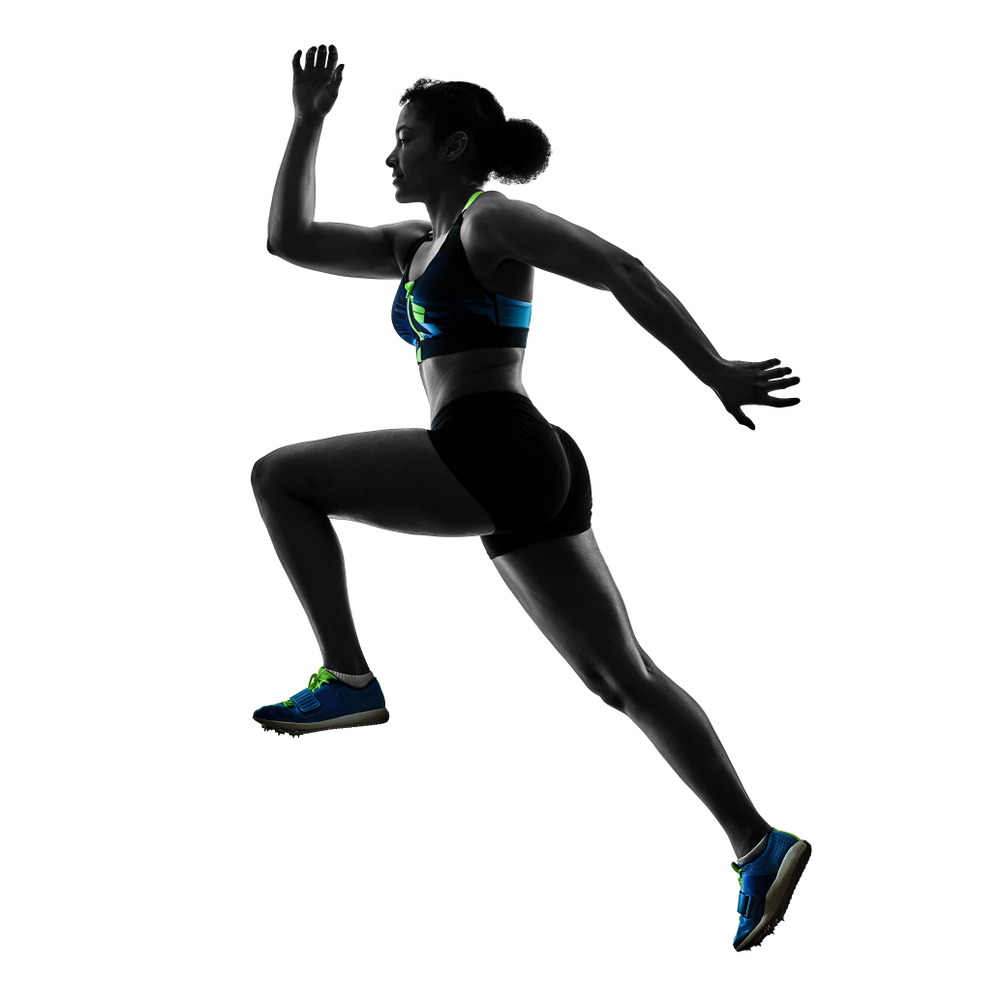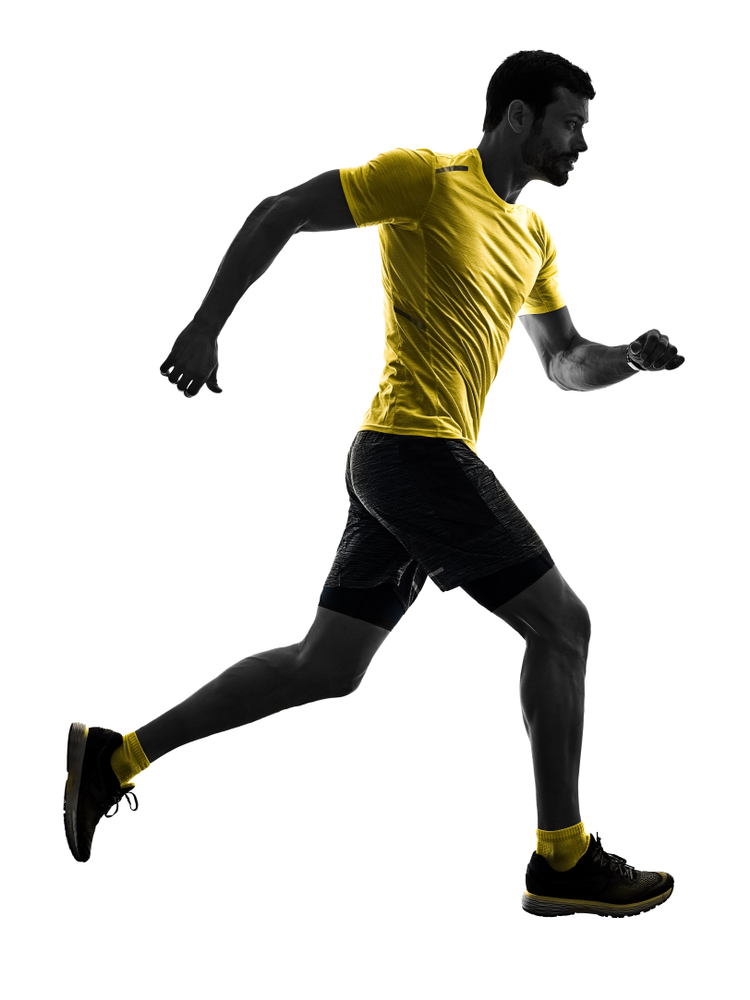Running is the most efficient and economical form of locomotion allowed by nature, allowing humans, other animals and even other planets’ animals to move quickly on two legs. For most people, running is an easy, aerobic-type of gait whose only limitation is time. Most runners start out slow and build up their speed over time as they learn the art of efficient running.
Running is considered the best exercise to reduce weight because it works all of the major muscle groups and improves cardiovascular health. Many runners are quick to point out that running does not improve cardiovascular health, but this simply isn’t true. Although many runners do not want to acknowledge this fact, running does improve cardiovascular health because it improves oxygenation to all parts of the body, especially to the lungs and the extremities. Running also improves respiratory efficiency and lowers a person’s resting heart rate by up to nine percent, according to recent studies.
However, if you plan on running, you should always, regardless of your age or current fitness level, consult with your doctor before starting. He or she will advise you on what sort of physical activities are safe for you and which ones are not. One common condition that causes knee pain during running is shin splints. These are caused by plantar fasciitis, a chronic condition that causes an inflammation of the muscles that hold up the shins (called the fascia). Runners are more at risk for developing shin splints if they cross train in such long distance races as the marathon and ultra marathons.
Another condition called shin splints can be prevented if you take the time to warm up and cool down properly between workouts. You should run on a treadmill for about thirty minutes at a stretch and then run for at least three minutes, at a relaxed pace. You should finish the run with about ten strides and then walk the final few yards to start again. If you do not jog, you should at least spend fifteen minutes walking on a treadmill. Either of these methods will ensure that you achieve an optimum of aerobic exercise without adding stress to your knees and ankles.
Jogging is also a great way to get into shape and stay in great shape. Jogging, according to the newest research, may even lower the risks of osteoporosis, a disease that affects women and men both. The reason it lowers osteoporosis risks is because jogging, unlike walking, provides a cardiovascular-based aerobic exercise. Jogging is great for building endurance, increasing your lungs’ efficiency, decreasing your body fat and increasing your muscle strength. Jogging a mile a day can do wonders for your bone density. If you do not have the money for a gym membership, you can use a cheap treadmill at your house, or even rent a speed-walking treadmill if you have one, and set aside two hours a week, three times a month, to keep it going.
If you do not like running or cannot tolerate walking on a treadmill, there are other alternatives for an aerobic exercise. You can try to walk while wearing headphones, or, for a better workout, run along a wall or fence. There are several videos on the market that will help you learn how to run barefoot, which is the most natural and safest way to go. Finally, if you want to be more stylish than you are already running barefoot gives you the option of wearing any type of footwear you want.




